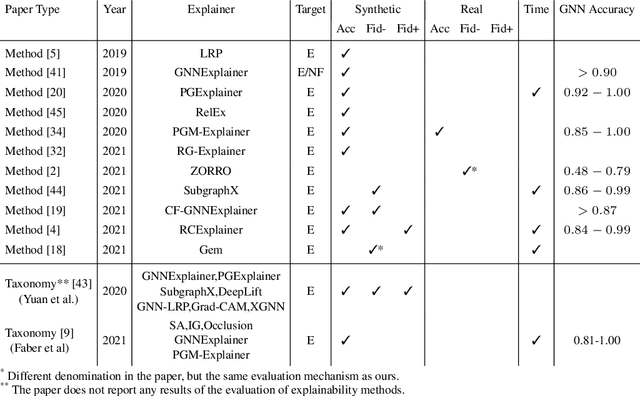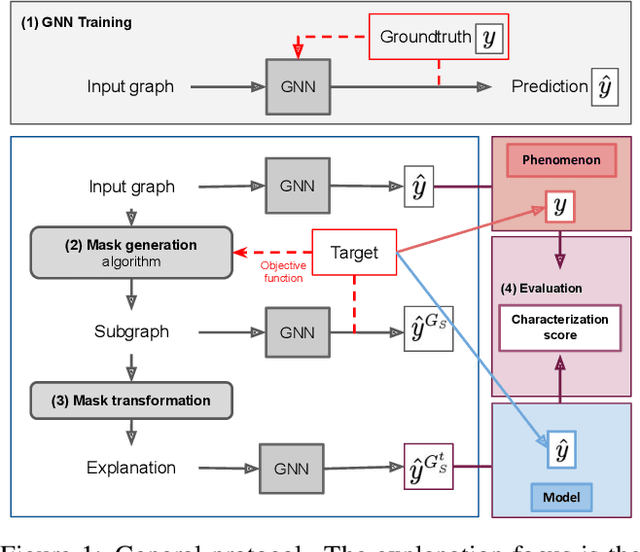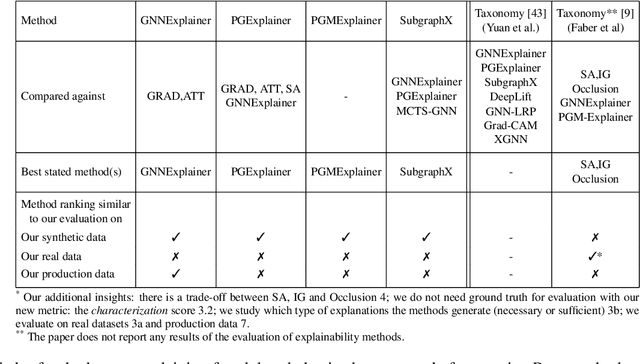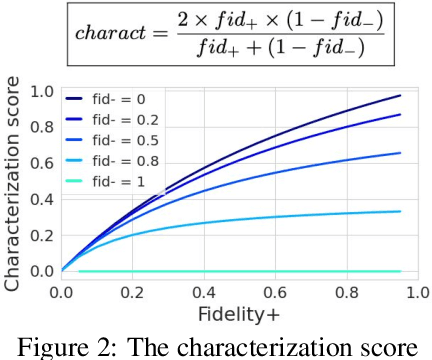Sebastian Schemm
Building Machine Learning Limited Area Models: Kilometer-Scale Weather Forecasting in Realistic Settings
Apr 12, 2025Abstract:Machine learning is revolutionizing global weather forecasting, with models that efficiently produce highly accurate forecasts. Apart from global forecasting there is also a large value in high-resolution regional weather forecasts, focusing on accurate simulations of the atmosphere for a limited area. Initial attempts have been made to use machine learning for such limited area scenarios, but these experiments do not consider realistic forecasting settings and do not investigate the many design choices involved. We present a framework for building kilometer-scale machine learning limited area models with boundary conditions imposed through a flexible boundary forcing method. This enables boundary conditions defined either from reanalysis or operational forecast data. Our approach employs specialized graph constructions with rectangular and triangular meshes, along with multi-step rollout training strategies to improve temporal consistency. We perform systematic evaluation of different design choices, including the boundary width, graph construction and boundary forcing integration. Models are evaluated across both a Danish and a Swiss domain, two regions that exhibit different orographical characteristics. Verification is performed against both gridded analysis data and in-situ observations, including a case study for the storm Ciara in February 2020. Both models achieve skillful predictions across a wide range of variables, with our Swiss model outperforming the numerical weather prediction baseline for key surface variables. With their substantially lower computational cost, our findings demonstrate great potential for machine learning limited area models in the future of regional weather forecasting.
GraphFramEx: Towards Systematic Evaluation of Explainability Methods for Graph Neural Networks
Jun 30, 2022



Abstract:As one of the most popular machine learning models today, graph neural networks (GNNs) have attracted intense interest recently, and so does their explainability. Users are increasingly interested in a better understanding of GNN models and their outcomes. Unfortunately, today's evaluation frameworks for GNN explainability often rely on synthetic datasets, leading to conclusions of limited scope due to a lack of complexity in the problem instances. As GNN models are deployed to more mission-critical applications, we are in dire need for a common evaluation protocol of explainability methods of GNNs. In this paper, we propose, to our best knowledge, the first systematic evaluation framework for GNN explainability, considering explainability on three different "user needs:" explanation focus, mask nature, and mask transformation. We propose a unique metric that combines the fidelity measures and classify explanations based on their quality of being sufficient or necessary. We scope ourselves to node classification tasks and compare the most representative techniques in the field of input-level explainability for GNNs. For the widely used synthetic benchmarks, surprisingly shallow techniques such as personalized PageRank have the best performance for a minimum computation time. But when the graph structure is more complex and nodes have meaningful features, gradient-based methods, in particular Saliency, are the best according to our evaluation criteria. However, none dominates the others on all evaluation dimensions and there is always a trade-off. We further apply our evaluation protocol in a case study on eBay graphs to reflect the production environment.
 Add to Chrome
Add to Chrome Add to Firefox
Add to Firefox Add to Edge
Add to Edge